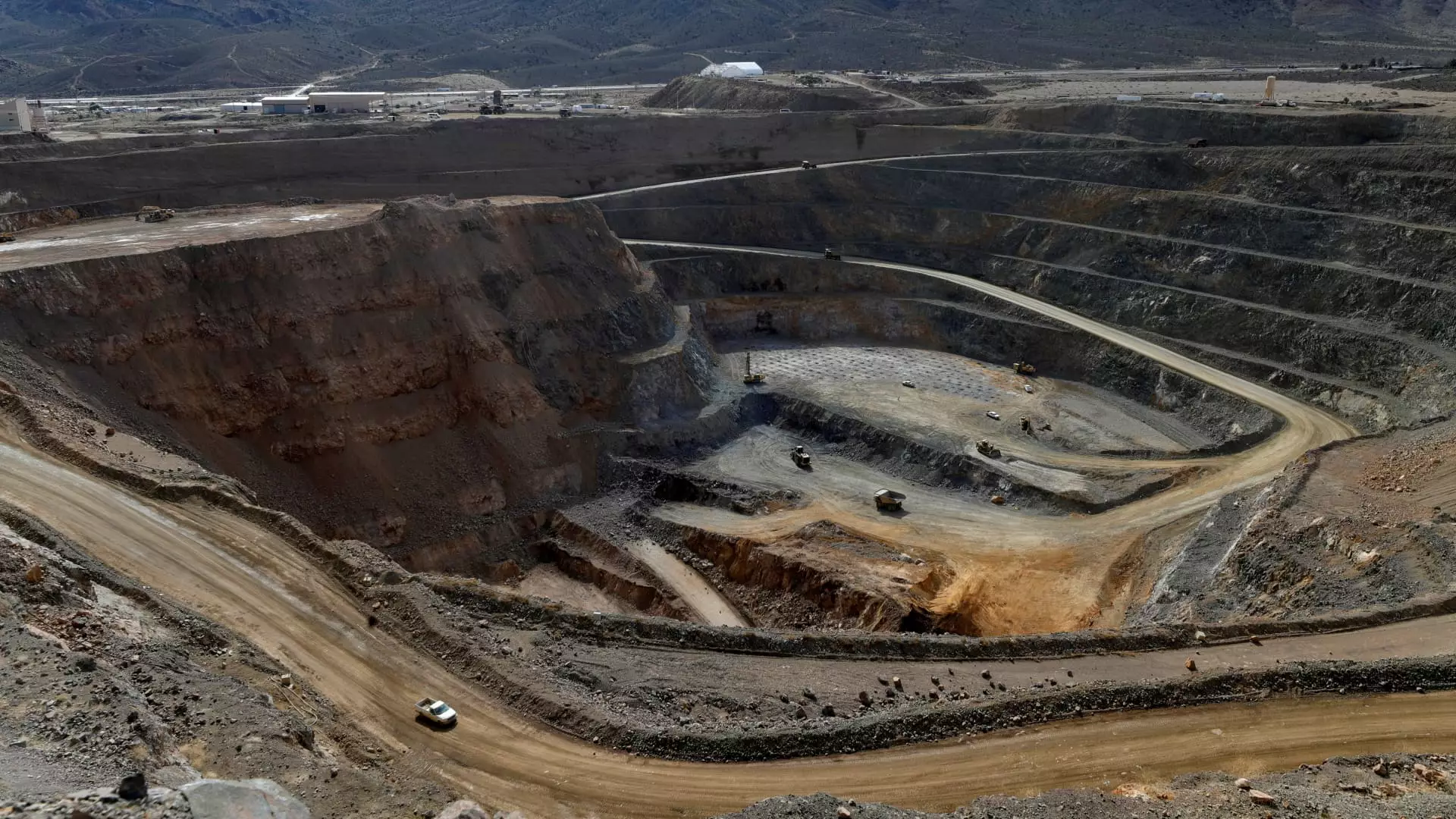The recent announcement of the Pentagon’s $400 million investment in MP Materials signals a significant shift in American industrial and national security strategy. This move is more than mere financial backing; it is a declaration that the U.S. intends to take control of its critical supply chains rather than remain hostage to foreign geopolitical whims, chiefly those of China. While on the surface it appears pragmatic—investing in a domestic rare earth mining operation—the deeper implications reveal a complex balancing act between fostering strategic independence and unwittingly reinforcing the very dependency it seeks to eliminate.
A central question emerges: Is this partnership an effective solution for reducing reliance on China, or does it mask a promise of future stability that may never materialize? The investment positions the United States to build its own magnet manufacturing capabilities, essential for military hardware and civilian technological advancement. But strategic resource politics are rarely so straightforward. The U.S. still faces formidable challenges—technological, logistical, and political—that threaten to undermine the very sovereignty this initiative promises to uphold.
The Illusion of Self-Reliance in an Interconnected Global Supply Chain
While the Pentagon’s participation in MP Materials is portrayed as a sovereign rectification—an answer to over-dependence on China—history warns us against overestimating the power of domestic production alone. Even with new facilities and guaranteed buying agreements, the global rare earths ecosystem is intricately woven. The U.S. still imports a disproportionate share of these materials, primarily from China, which controls about 70% of global supplies as of 2023.
This dependency stems not only from raw material extraction but from an intricate web of supply chains involving processing, refining, and manufacturing. Simply building a mine or a magnet factory does little if the underlying raw material flow remains vulnerable to foreign intervention or geopolitical sanctions. In essence, the U.S. might be creating a strategic illusion—believing that domestic capacity guarantees independence when, in reality, the supply chain remains fragile and interconnected.
The investment and the promise of a new manufacturing facility, while impressive, don’t automatically translate to resilient sovereignty. The U.S. must confront complex issues like environmental regulations, budget constraints, and technological expertise that remain hurdles irrespective of foreign dependence. Relying too heavily on state-backed investments and guarantees also risks creating a form of crony capitalism that could distort markets rather than stabilize them.
Does This Deal Enrich or Entrench the Military-Industrial-Complex?
The deal’s framing as a national security imperative masks some uncomfortable truths. By directly involving the Department of Defense in commercial ventures, particularly those closely tied to industrial resource extraction and processing, the U.S. edges towards an overlapping of military and economic interests. This blurring line raises concerns about corporate welfare, market distortions, and the potential for government overreach into private enterprise.
MP Materials’ CEO’s assertion that taxpayers will “make a lot of money” on this venture underplays the risks involved. Investment in critical mineral infrastructure is inherently uncertain, costly, and subject to fluctuating global markets. If the project fails or underperforms, the taxpayer could end up footing the bill for assets that do not deliver on their strategic promise. Conversely, successful integration could entrench the military-industrial complex, locking in long-term dependencies on government contracts and subsidies.
Furthermore, this strategy raises questions about the long-term sustainability of such investments. Will these facilities remain competitive in a free-market environment once initial security guarantees taper off? Or will they become hollow symbols of strategic bravado, vulnerable to shifts in political or market conditions? The potential for crony capitalism and corporate influence over defense priorities cannot be dismissed when billions are at stake.
Political and Strategic Ramifications: A Double-Edged Sword
From a policy perspective, this investment embodies a pragmatic acknowledgment that economic strength and national security are two sides of the same coin. Yet, it also exposes the limitations of relying on government intervention to fix market failures—especially in a geopolitical landscape where China continues to hold significant sway over global raw materials.
The choice to guarantee a price floor and secure purchase agreements effectively subsidizes MP Materials and shields it from market volatility, but it also risks creating market distortions. If the U.S. artificially props up domestic production, prices for rare earths and magnets may stay elevated, discouraging continued innovation and efficiency in the private sector. This could foster complacency rather than incentivize true technological advancement.
Strategically, this partnership exemplifies a cautious middle ground. It recognizes the danger of outright decoupling from China but stops short of fully disentangling economic dependencies. Instead, it seeks to build a resilient supply chain on the foundation of government support—a risky gamble that assumes the state’s ability to manage complex markets effectively. History shows that such state-led initiatives often struggle with bureaucratic inertia, cost overruns, and rent-seeking behavior.
The Path Forward: To Secure or to Entrap?
Ultimately, the Pentagon’s investment is less about immediate self-sufficiency and more about setting a precedent—an experiment in state-driven industrial revival. It indicates a desire to maintain technological dominance, without fully severing ties to a globalized supply chain that is deeply interconnected with Chinese production and processing regimes.
While the strategic intent is commendable, there remains a dangerous undercurrent: dependence on government guarantees and market interventions risk creating a form of strategic entrapment rather than liberation. The U.S. must balance its pursuit of industrial sovereignty with fostering a competitive, innovative private sector capable of sustaining these initiatives long-term. Relying heavily on government-backed projects can produce short-term gains but may inhibit the agility and competitiveness necessary for true independence.
The decision to forge ahead with such a bold partnership signifies a recognition—however flawed—that economic power and military might are increasingly intertwined in the resource race. Whether this gamble will lead to genuine strategic autonomy or merely mask ongoing vulnerabilities depends on the long-term execution and the broader geopolitical context that continues to sway global supply chains.

